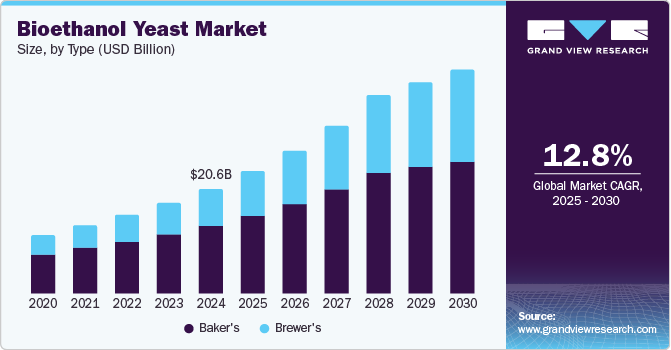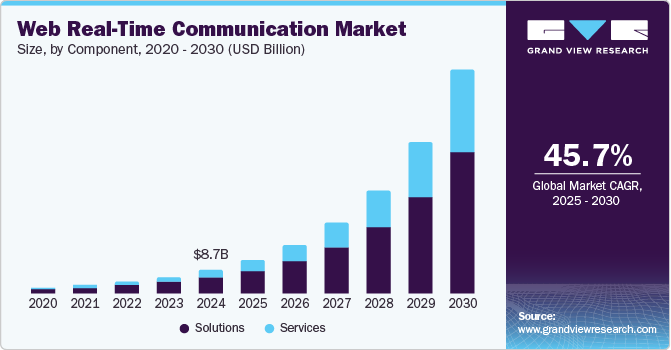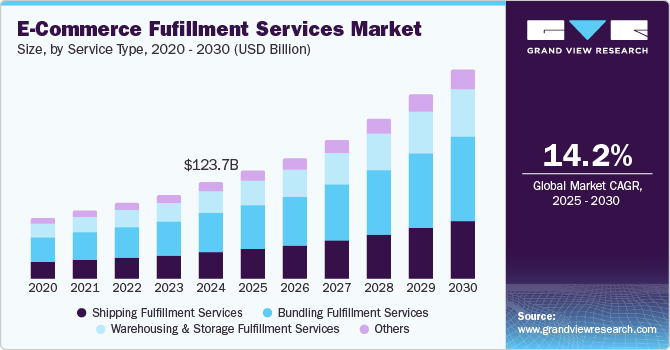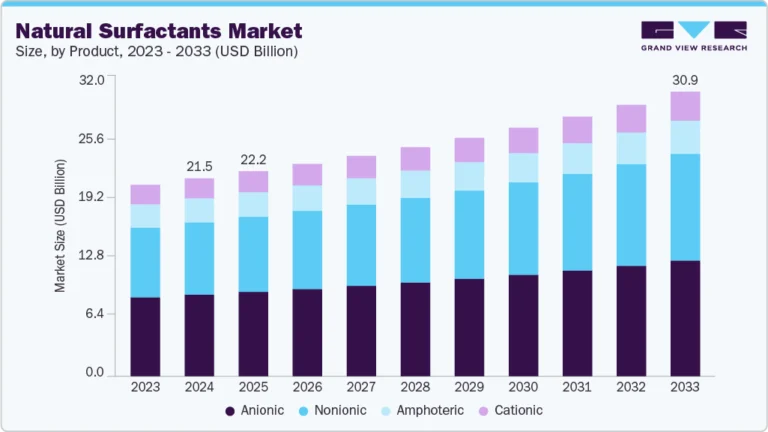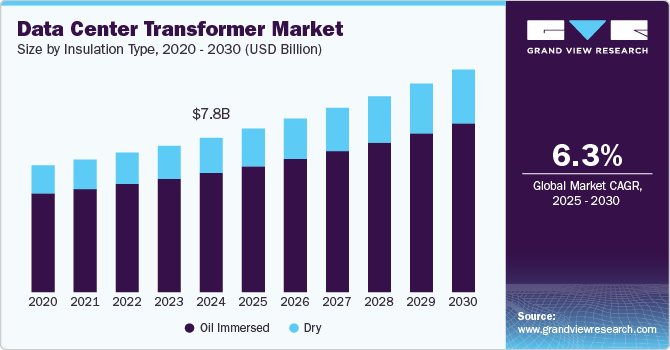Food Additives Market Size, Share & Trends Analysis growing at a CAGR of 5.9% from 2025 to 2030

The global food additives market size was estimated at USD 120,532.2 million in 2024 and is projected to reach USD 169,224.9 million by 2030, growing at a CAGR of 5.9% from 2025 to 2030. This is attributed to the expanding size of key end-use sectors, including bakery and confectionery, beverages, dairy, and convenience foods, and the growing penetration of organized and e-retail.
Key Market Trends & Insights
- In terms of region, Asia Pacific was the largest revenue generating market in 2024.
- Country-wise, India is expected to register the highest CAGR from 2025 to 2030.
- In terms of segment, sweeteners accounted for a revenue of USD 70,647.3 million in 2024.
- Prebiotics is the most lucrative product segment, registering the fastest growth during the forecast period.
Market Size & Forecast
- 2024 Market Size: USD 120,532.2 Million
- 2030 Projected Market Size: USD 169,224.9 Million
- CAGR (2025-2030): 5.9%
- Asia Pacific: Largest market in 2024
Request a free sample copy or view report summary: https://www.grandviewresearch.com/industry-analysis/food-additives-market/request/rs1
Specialty food ingredients are utilized in products to enhance their properties, such as taste, shelf life, texture, and health benefits. The industry is classified as sensory ingredients and functional ingredients. Sensory ingredients enhance products’ taste, smell, flavor, and texture. Functional ingredients include vitamins, acidulates, antioxidants, and other constituents that add nutritional qualities to food.
Higher expenditure on food & beverage products in the U.S. due to the overall high disposable income has increased the production of food & beverage products in the country. This can be attributed to increasing demand, which is likely to result in the growing consumption of additives in these products. Increased demand is expected to support the consumption of fat replacers and high-intensity sweeteners that lower the fat and sugar content of food or drinks. The flavors offered are inspired by regional flavors such as Catalan Crush, Arctic Gem, Pacific Blossom, Thai Treat, and California Dreamin.
The consumption of packaged food products and beverages is rising globally. This is expected to contribute to the surging demand for additives used during the processing of various packaged products and beverages. For instance, according to the USDA Economic Research Service report published in April 2025, global consumption of packaged foods increased by 6.1% between 2023 and 2024. This growth reflects rising incomes and changing consumer preferences toward convenience and processed products in international markets worldwide. Rising demand for packaged products and beverages is expected to fuel the market growth worldwide.
Companies operating in the industry are subjected to various laws, regulations, and guidelines imposed by government authorities operating in a particular region. Some of the regulatory bodies governing additives and their end-use industries include the U.S. Food and Drug Administration (FDA), the Food and Agriculture Organization (FAO), and the World Health Organization (WHO). These regulatory bodies have become increasingly active in ensuring the use of safe food additives in consumer products.
Market Concentration & Characteristics
The concentration of the food additives industry is characterized by the presence of many players and their role in driving market dynamics. This gives the additive market a highly fragmented nature, with key industry participants such as ADM, Chr. Hansen Holding A/S, Ingredion Incorporated. These companies contribute to the market’s concentration through their significant market share, product offerings, and research and development initiatives. These major players often play a crucial role in shaping industry trends, technological innovations, and market strategies, thereby influencing the overall concentration of the market growth.
Technological advancements and ongoing innovations in food additives contribute to the industry concentration by creating barriers to entry for new players and reinforcing the competitive positions of established industry leaders. The role of key players in driving innovation and product development further solidifies their influence on market concentration, as they continue to introduce novel additives, enhance production processes, and expand their product portfolios. Although the variety of end use applications and low level of technological requirements aid the entry of new players into the market. These factors collectively contribute to the low market concentration of the food additives industry.

